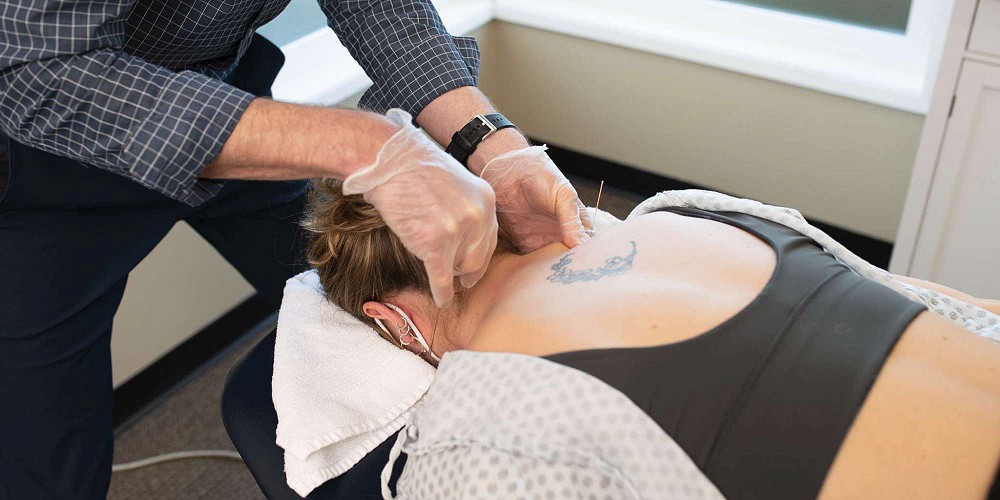Sarcopenia - Age Related Muscle Atrophy
Article by Anna Kania
Sarcopenia is a natural, progressive loss of skeletal muscle as we age. Fortunately, this process can be slowed down.

Skeletal muscle is a tissue that accounts for approximately 40% of total body mass and is critical for movement, temperature regulation, and maintaining a stable metabolism. Naturally, muscle mass decreases approximately 3-8% per decade after the age of 30, and this rate of decline is even higher after the age of 60.
WHAT IS SARCOPENIA?
Sarcopenia is a progressive loss of skeletal muscle strength, function, and mass. It is part of the normal ageing process, but it can also develop as a consequence of gastrointestinal conditions, like inflammatory bowel disease, cirrhosis, hypothyroidism, as well as immobility and prolonged bed rest.
Sarcopenia affects up to 1-30% of the general population. The prevalence increases with age to include 30% of those over 80 years of age.
HOW TO DIAGNOSE MUSCLE ATROPHY?
There is no universal diagnostic criteria for sarcopenia, however the risk is assessed through measurement of muscle strength, lean mass index and functional performance.
What are some risk factors? These include undernutrition, physical inactivity, and coexistent morbidity.
Muscle loss is associated with a broad range of adverse outcomes including functional decline, falls, fractures, poor quality of life, hospitalization and increased hospital length of stay.

HOW TO PREVENT OR SLOW DOWN THE MUSCLE LOSS?
Prevention of sarcopenia consists of assessment and correction of malnutrition, particularly protein intake, resistance exercise programs are also important in preventing the development and progression of sarcopenia.
The PROT - AGE study calculated that the optimal dietary intake of protein 1.2-1.5g/kg of body mass per day is required when combined with exercise.
Resistance exercise, particularly progressive resistance exercise (free weights, weight machines and elastic bands) has been shown to be the best treatment to improve muscle mass, strength and functional capacity in older adults.

STARTING the ATROPHY PREVENTION ROUTINE:
1. Set goals- pick a sport, activity you like (Swimming, walking, pickle ball, tennis, golf etc.), add some resistance training exercises.
2. Start gradually, slowly - with a 5 min warm up session, progress number of repetitions and amount of resistance with your strength sessions.
3. Modify exercises- to accommodate any limitations, avoid exercises that cause pain.
4. Be consistent - stick with a routine. You can break your workouts into shorter sessions throughout a day,
5. Add balance exercises- single leg balance and lateral leg raises, lunges, heel raises.
6. Ask for help - athletic trainers, kinesiologists or physiotherapists can assist with proper form and modifications to avoid injury.
7. Add protein to your diet- lean meat, poultry, fish, eggs, dairy, lentils and beans provide a great source of protein.

REFERENCES:
- 1. Nascimento C.M., Ingles M., Salvador-Pascual A., Cominetti M.R., Gomez-Cabrera M.C., Viña J. Sarcopenia, frailty and their prevention by exercise. Free Radic. Biol. Med. 2019;132:42–49. doi: 10.1016/j.freeradbiomed.2018.08.035. [PubMed] [CrossRef] [Google Scholar]
- 2. Melton LJ, III, Khosla S, Crowson CS, et al. Epidemiology of sarcopenia. J Am Geriatr Soc. 2000;48:625–630. - PubMed
- 3. Frontline Gastroenterol. 2021; 12(1): 53–61.Published online 2020 Jan 20. doi: 10.1136/flgastro-2019-101348
- 4. Beaudart C, Zaaria M, Pasleau F, et al.. Health outcomes of sarcopenia: a systematic review and meta-analysis. PLoS One 2017;12:e0169548 10.1371/journal.pone.0169548 [PMC free article] [PubMed] [CrossRef] [Google Scholar]
- 5. Robinson SM, Reginster JY, Rizzoli R, et al.. Does nutrition play a role in the prevention and management of sarcopenia? ClinNutr 2018;37:1121–32. 10.1016/j.clnu.2017.08.016 [PMC free article] [PubMed] [CrossRef] [Google Scholar]
- 6. Chalé A, Cloutier GJ, Hau C, et al.. Efficacy of whey protein supplementation on resistance exercise-induced changes in lean mass, muscle strength, and physical function in mobility-limited older adults. J Gerontol A Biol Sci Med Sci 2013;68:682–90. 10.1093/gerona/gls221 [PMC free article] [PubMed] [CrossRef] [Google Scholar]
You May Also Like...
-
 ArticleView Post
ArticleView PostAn Overview of Intramuscular Stimulation
Take a technical overview of IMS, a dry needling technique used to stimulate trigger points and reduce chronic myofascial pain.
-
 ArticleView Post
ArticleView PostPelvic Floor Health During Pregnancy & Postpartum
Being pregnant is a wonderful and exciting experience... that can also feel like a tumultuous roller-coaster ride.
-
 ArticleView Post
ArticleView PostBreaking the Silence: Talking About Pelvic Organ Prolapse
POP is a condition that’s often not spoken about that can be very disconcerting or even embarrassing for women who are suffering.